
Sleep warmer, pack lighter. We reveal how the UK's top ultralight down and synthetic sleeping bags keep you warm all year round. Developed around 2 decades of obsessive gear testing our bags are valued for ethically sourced down, PFC free fabrics and recycled Primaloft insulation.
How to choose a sleeping bag
- What activity are you doing?
- What season sleeping bag do you need?
- How to stay warm in a sleeping bag
- What are sleeping bag temperature ratings
- What is down?
- Is down better than synthetic?
- What is a baffle?
- What are the different shapes of sleeping bags?
- Do I need a sleeping bag liner and do they add warmth?
- How to wash your sleeping bag
What activity are you doing?

If you’re going bikepacking and want to squeeze your sleeping bag in between your handlebars, pack size is going to be your priority. Lightweight goosedown sleeping bags offer the best warmth to weight ratio for bikepacking or lightweight hiking trips. High altitude adventures need the cosiest, toastiest of sleeping bags. Or if you’re just setting up basecamp at your favourite campsite, comfort is king.
What's the lowest temperature you're likely to camp in?
If you never camp in winter, there’s no sense in buying the warmest sleeping bag money can buy. Equally, opting for an ultralight summer sleeping bag might be a risk if you want to camp in spring and autumn. The country you use it in will make a big difference too. Continental climates (e.g. central Europe, North America) can be baking in summer and incredibly cold in winter, even at lower latitudes.
What sleeping bag do I need for wet weather?
For extended or rainy trips, synthetic insulation – like in our Ultra sleeping bags – performs better when damp. It retains its insulating properties better than down. If you’re expecting wet weather, this could be the deciding factor for the type of insulation you need. The longer your trip, the harder it will be to keep your sleeping bag dry.
How much should I spend on a sleeping bag?
The main factor that affects sleeping bag price is the type and quality of the insulation inside. The good news is: the size of your budget might make all of these decisions for you!
What season sleeping bag do I need?

The warmth of your sleeping bag depends on many, many, many things. Are you a warm sleeper? What’s the temperature like outside? But there’s so, so much more. Too much to say here! Take a look at our guide to sleeping bag season ratings to choose the right sleeping bag for the weather.
What is down?

Down comes from the underbelly of ducks and geese, a natural insulation layer that sits underneath their protective outer feathers. These light and fluffy ‘filaments’ trap lots of insulating air for very little weight. Down quality is measured by loft – the amount of space each down filament takes up. Think of it as a measure of ‘fluffiness’!
What is fill power?
Fill power (FP) is the scientific measurement of loft. The higher the number, the higher the loft, and the higher the quality of down. High fill power down has a better warmth-to-weight ratio and will be more compressible. The number represents how many cubic centimetres a gram of down lofts to. 750FP means that 1g of down lofts to 750cm³. Anything above 600FP should be excellent quality down.
What is fill weight?
This is how many grams of down is inside your sleeping bag. Sleeping bags often have the fill weight in their product name, e.g. PipeDream 400. Sleeping bag warmth depends on both fill power and fill weight – a 400g down bag with 750FP down might be warmer than a 500g down bag with 650FP down.
What is hydrophobic down?
Hydrophobic down is any down that has been treated with a durable water repellent (DWR). When down gets wet, the down filaments absorb water, collapse and clump together, losing all their insulation. Hydrophobic down dries quicker and repels water and the moisture from your body for longer. You’ll still need to keep your sleeping bag dry, but this treatment helps it to resist damp and recover better. The DownTek™ PFC-Free Water Repellent Down we use stays dry for up to 13.5x longer than untreated down.
What is RDS-certified down?
The Responsible Down Standard is a voluntary standard that independently certifies ethically sourced down. The RDS logo guarantees that the down in your sleeping bag meets highest of animal welfare standards. At Alpkit, we only use RDS-approved or recycled down.
What's the other option?
Synthetic insulation - these man-made polyester fibres are designed to replicate the insulation and compressibility of down. Polyester fibres don’t absorb water so synthetic insulation keeps its insulating structure even when damp. There are lots of different brands and types of synthetic insulation. We use PrimaLoft® Gold, the highest quality of synthetic insulation available, and Thermolite® Ecomade, a really durable, long-lasting fill.
How is synthetic insulation measured?
Most brands measure synthetic insulation by grams per square metre – often written as gsm or g/m². However, because there are so many different types of synthetic insulation, gsm only really helps to compare between sleeping bags using the same brand and fill type. This is where the temperature ratings are useful, again.
What are sleeping bag temperature ratings?
Temperature ratings help determine if a sleeping bag is suitable for the environment you are going to be using it in. Typically it gives you an 'operational' range, for example a bag may be designed to keep you warm between 0˙C and +5˙C without being excessively hot or cold. Tests such as EN13537 are carried out under strict laboratory conditions based around a standard manequin. While providing a good starting point you should remember in reality, we are all humans and not manequins. At the end of a big day of doing awesome stuff, where the last thing we can control is the environment, real world sleeping bag ratings can help you sleep in comfort.
Are down sleeping bags better than synthetic?

Both down and synthetic sleeping bags have different advantages. They’re the two types of insulation used to keep you warm – down feathers and synthetic insulation.
Down sleeping bags have the best warmth-to-weight ratio and are the most compressible. This means they’re generally better for backpacking, bikepacking or any situation where you’ll have to carry your bag a long way. This also makes them ideal for adventures in extreme cold environments. Synthetic sleeping bags are better for damp conditions or for repeated heavy use. Their insulation is much easier to wash and care for than down.
How long will a synthetic sleeping bag last?
Synthetic sleeping bags might last for 3-4 years. Down, on the other hand, can last as long as 10 years. But this, of course, depends on how much you’re using your sleeping bag and how much TLC you’re giving it. We’re all about loving your gear for longer.
Do down sleeping bags lose their loft?
They can - down sleeping bags can be less thermally efficient if they’re not looked after properly. When the down gets wet, or if it’s compressed too much too often, the down gets squished. And without the insulating pockets of air in between the down filaments, it won’t keep you as warm. Best practice? Look after your down sleeping bag and it’ll look after you. That means keeping your sleeping bag, clean, dry and lofted.
What's a sleeping bag baffle?

Baffles are the separate compartments that hold the insulation inside your sleeping. Baffles stop insulation from ‘migrating’ (sinking) to the bottom/sides of your bag and creating cold spots. There are two main types of baffle construction (this applies more to down sleeping bags than synthetic bags).
What is stitch-through construction?
This means that each baffle has been stitched all the way through the sleeping bag fabric. Stitch-through is the lightest construction and the most compressible, but it can create cold spots along the lines of the stitching.
What does box-wall construction mean?
Box wall construction uses a divider of fabric between each baffle so that each baffle is shaped like a… erm, box. Box wall construction allows the down to loft better. But the extra fabric does add weight and make it less compressible.
How do you stay warm in a sleeping bag
A sleeping bag is a very efficient insulator - but it is important to remember a sleeping bag is not an electric blanket. You heat the bag, not the other way around. Good campcraft is necessary to get the most out of your sleeping bag - think of it as part of a complete system. We have put together some advice on how to stay warm camping around the SLEEP acronym; Surface, Layers, Eat, Extremities, Protection.
What are the different shapes of sleeping bags?
There are two main types of sleeping bag shape to decide between, depending on whether you prioritise lightweight warmth or sleeping comfort:
Mummy: These sleeping bags have a tapered shape that’s wider at the shoulders and narrows towards the footbox. They look just like an Egyptian pharaoh's sarcophagus! This is the most ‘thermally efficient’ shape (the easiest to warm up and keep warm) and the lightest. The ultralight PipeDream and Ultra sleeping bags have a highly tapered shape to save weight while the SkyeHigh bags have a more relaxed mummy shape. The AlpineDream and ArcticDream leave extra space so you can wear more layers inside your sleeping bag.
Rectangular: These sleeping bags have much more space to spread out – not quite a ‘starfish’, but not far off either! Rectangular sleeping bags are better if you’re sleeping on a campsite for multiple nights in milder weather or in a bunkhouse/mountain hut/cold hostel. You can often zip these sleeping bags together to form a double bag, like with our Cloud Nine.
Do I need a right-zip or left-zip sleeping bag?
We offer left and right zips on all our sleeping bags. It’s easier to reach across your body with your lead hand to unzip your sleeping bag. Left zips are better for right-handers and right zips are better for lefties.
Hoods, neck baffles and zip baffles
Make sure the hood fits snugly and is easily adjustable. Most sleeping bags also include adjustable neck baffles to stop cold air being sucked in when you move. Zip baffles stop draughts from squeezing between your zip teeth.
Do I need a sleeping bag liner and do they add warmth?
The frequent camper will find a sleeping bag liner has many benefits. Not only do they add a little extra warmth but they also protect your sleeping bag from grime and are a lot easier to wash - especially on a long trip. You can also use your liner by itself in hot weather or if you are staying in an Alpine hut.
How to wash your sleeping bag
Washing your sleeping bag is important to maintain its performance. You can do this yourself at home, we have an easy to follow guide to washing your sleeping bag, and we also offer a convenient sleeping bag washing service if you do not have the time or space to do it yourself.
Happy Camping!
Sleeping Bags






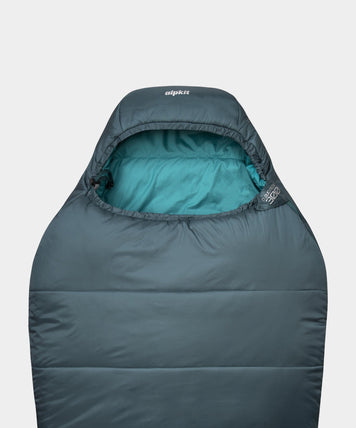
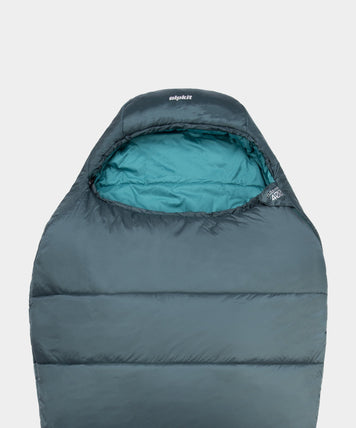
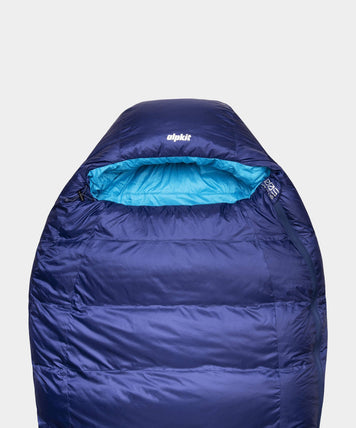
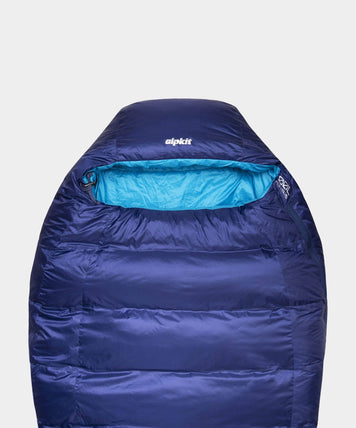
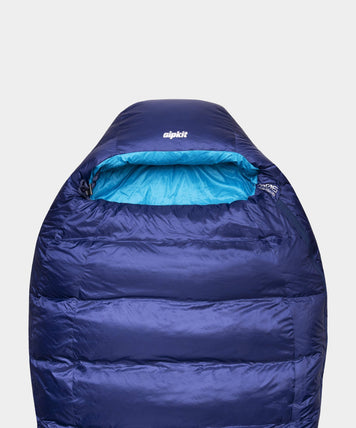
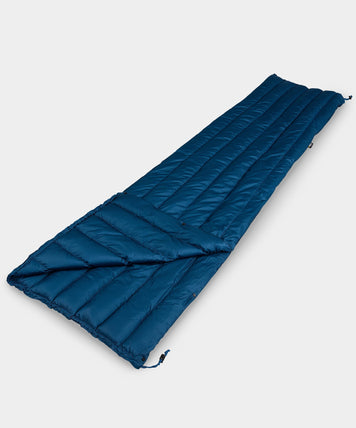


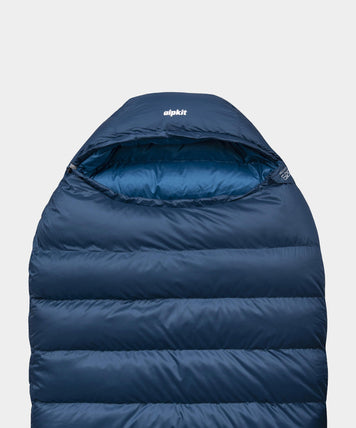
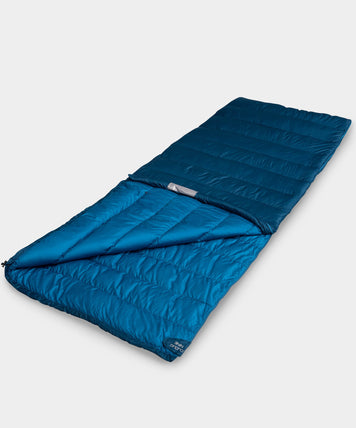



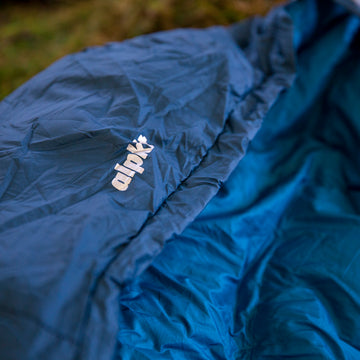



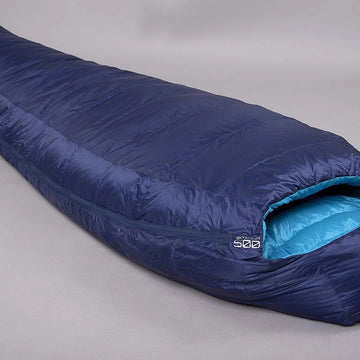

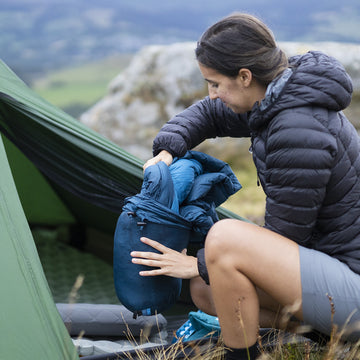
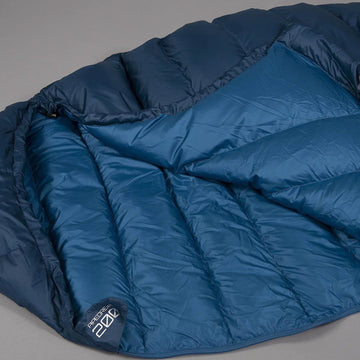
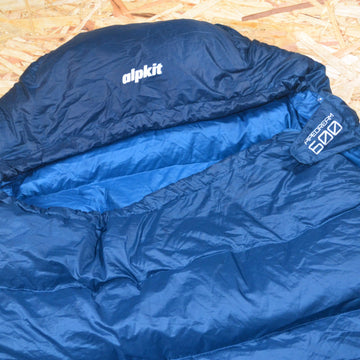
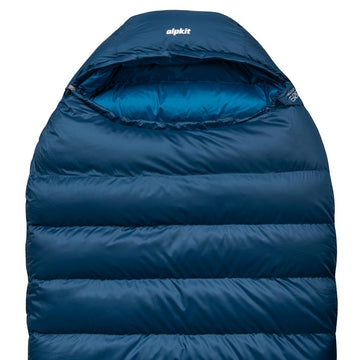
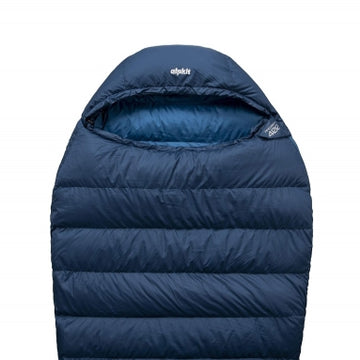
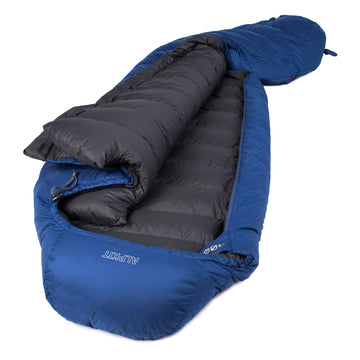

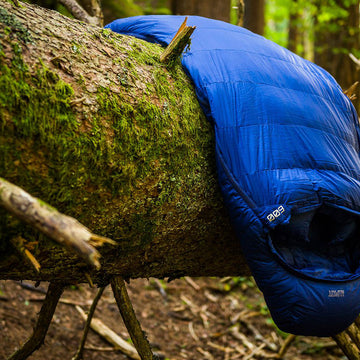

Hi. Going for a pipe dream 400. I’m 180cm and about 82kg. Which length would be best please?
Andrew Holt
January 27, 2021